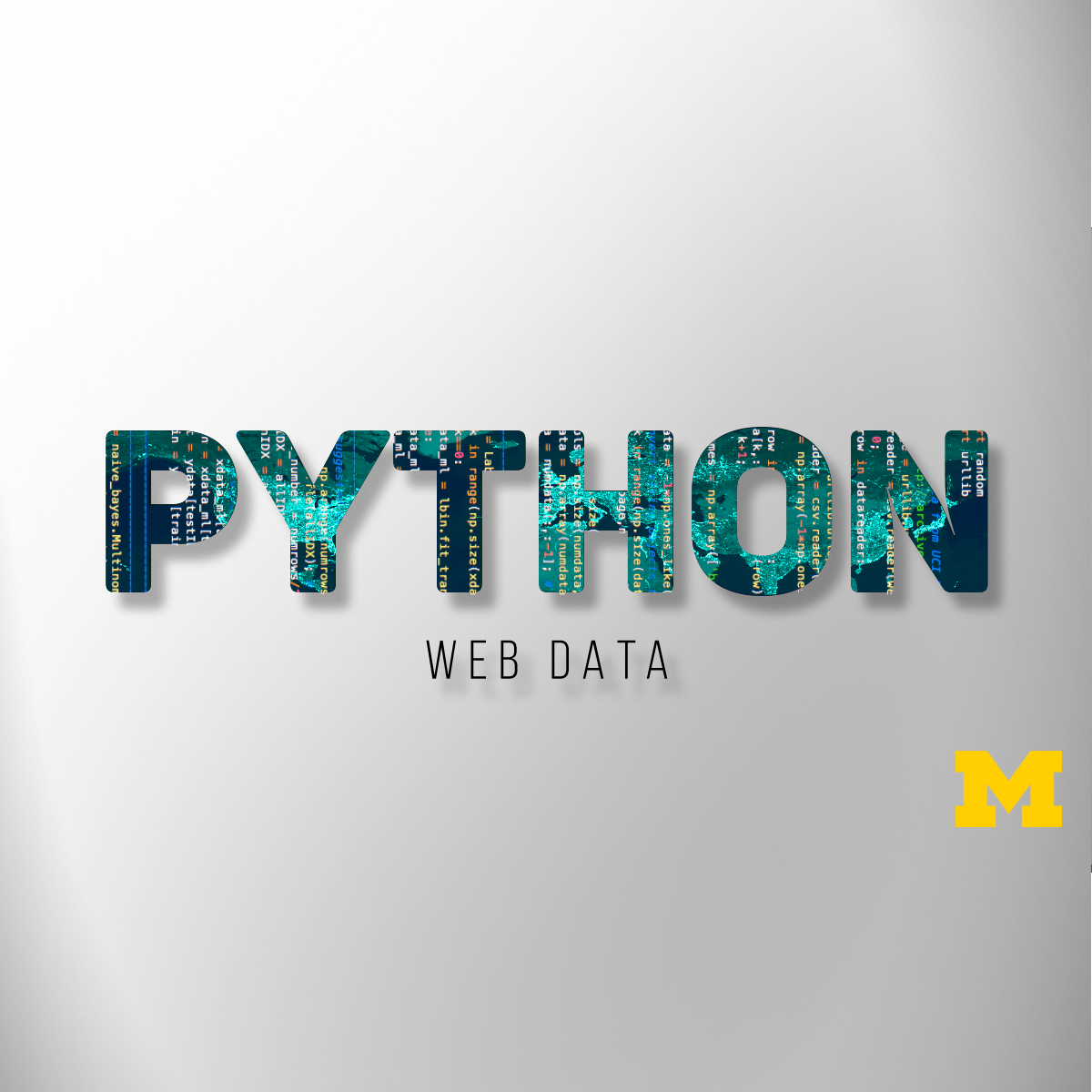Learn about control structures, one of the most powerful parts of programming. This course covers conditionals, loops, functions, and error handling, specifically in Python but with broader applicability to other languages as well. Building on your prior knowledge of variables and operators, this course gets into the meat of programming. Organized into five chapters, this course starts by covering the fundamentals of what control structures are and what they do, then moves on to four common control structures in Python.
Computing in Python II: Control Structures edX Overview
Conditionals let you modify what your program does base on the values of incoming variables. Loops let you repeat tasks for multiple values or while certain conditions hold true. Functions let you encapsulate complex reasoning into reusable chunks of code. Error handling lets you intelligently recover from anticipated and unanticipated glitches.
By the end of this course, you’ll be able to write complex programs in Python that perform useful reasoning. For example, you could write a program that calculates your weight on other planets, calculates the standard deviation of a series of numbers, or checks for the validity of an incoming password.
Structurally, the course is comprised of several parts. Instruction is delivered via a series of short (2-3 minute) videos. In between those videos, you’ll complete both multiple-choice questions and coding problems to demonstrate your knowledge of the material that was just covered.
What you’ll learn
- How control structures can affect how other lines of code run.
- Conditionals, including if, else-if, and else, for complex reasoning.
- Loops, including for loops, for-each loops, and while loops for repeated behaviors.
- Functions, for encapsulating code into reusable chunks.
- Error handling, for anticipating and resolving expected errors.
Course Syllabus
Chapter 1
Control Structures. The basic role of control structures in general: lines of code that control other lines of code, determining when they execute.
Chapter 2
Conditionals. Building complex reasoning into our code by letting it make decisions based on the changing values of variables, like recommending a raincoat if it’s going to rain or issuing a passing grade if a student’s average is over 70.
Chapter 3
Loops. Building even more complex reasoning with for loops and while loops, both of which repeat certain lines of code over and over for every value in a list or while some condition is true.
Chapter 4
Functions. Encapsulating blocks of code into reusable functions that can be called as needed, including specifying their input and dictating their output.
Chapter 5
Error Handling. Reacting gracefully when anticipated or unanticipated errors occur during your program’s execution.
Course Instructor
- David Joyner






Reviews
There are no reviews yet.